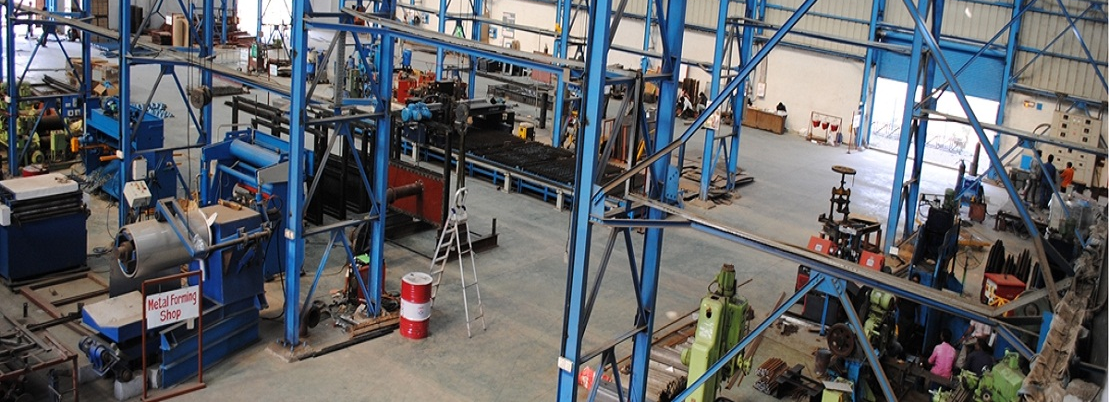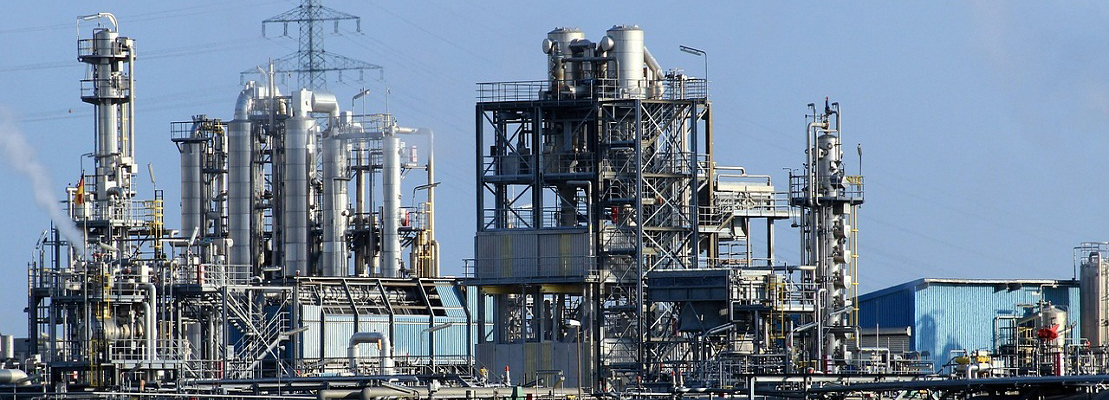What is Duct test ?
Ans :- It is gas flow distribution test in the duct
Where it is done ?
Ans :- It can be done in any duct . mainly the testing is done in duct from air heater out let to ESP inlet duct and ESP out let to ID fan inlet duct.
What are the benefits of this activity ?
Ans :-
What are the condition to carry out Duct test ?
Ans :--
What are the requirement from client for Duct test?
Ans :-
What is the procedure for Duct test ?
Ans :- Procedure is enclosed herewith.
Can output be guaranteed of Duct test
Ans :- Yes.
What is justification of the budget of Duct test?
Ans :--
Can it be done in any Boiler duct ?
Ans :-- Yes , the test can be done in any boiler duct as per requirement of the client.
What all the tables in report indicates.
Ans :--
What is static pressure ?
Ans :--
What is Dynamic pressure ?
Ans :--
What is velocity ?
Ans :- Velocity is defined as the rate of change of position with respect to time
What is the type of instruments used ?
Ans :-- It is done by use of pitot tube and MANOMETER.
How much time is required for this test ?
Ans :-- Normally six to eight hours , by one team , team having three to four person depend upon number of ports and capacity of unit.
How much time is required for implementations of recommendations ( Diverter plats ) ?
Ans :-- Approximately fifteen to twenty days , depending upon the number of diverter plates are to be erected.
What appliances are the used during testing ?
Ans :-- 'S' Type Pitot tube , extension if required, manometer ,connecting tubing , helmets, safety shoes , writing pad , pen etc.
How erosion occurs in Duct ?
Ans :--
Where Duct leakage are expected more ?
Ans :--
What should be the frequency of this test ?
Ans :-- It should be carried out in every overhaul of the unit to know changes in flow and effect of any maintenance during the span of one year.

